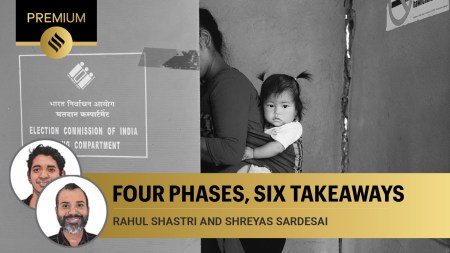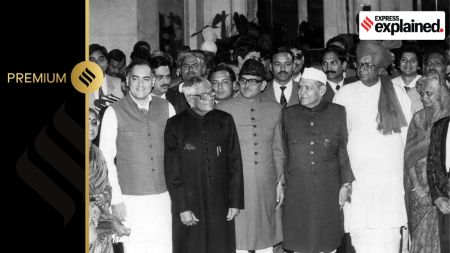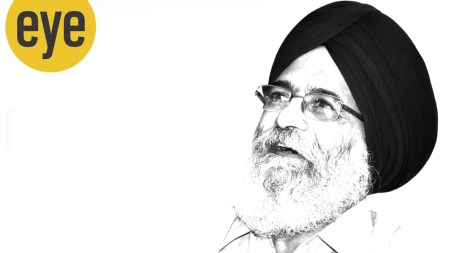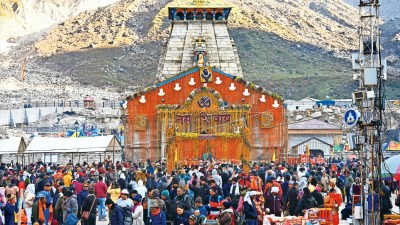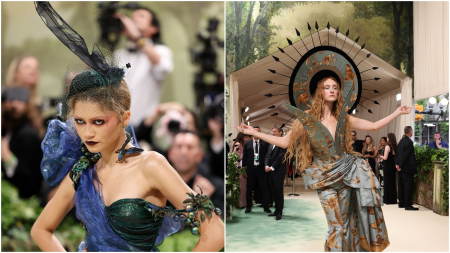- India
- International
Sunil Kothari (1933-2020): ‘Truly passionate about dance, things weren’t surface level with him’
He had tested positive for Covid last month and had recovered from it last week. Kothari was admitted to Fortis Hospital in the Capital last evening.
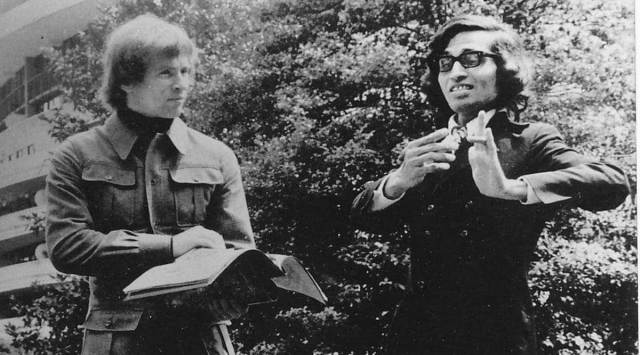 Sunil Kothari
Sunil KothariAnyone who’s had anything to do with any form of Indian dance knows Sunil Kothari. From a young student learning the ropes of Bharatanatyam in Tanjore to a dancing diva from Delhi or Chennai or the musicians, writers, make-up artistes and lighting technicians, who have come and gone over the years, everyone has been well-acquainted with Kothari and his pocket camera that would pop out every now and then, his gregarious personality and immense passion for the cause of dance.
Dance historian, author, and critic, who would be spotted at dance conventions and concerts as well as aarangetrams of young dancers and small intimate home concerts with as much enthusiasm in an attempt to understand and document Indian dance, passed away on Sunday due to a cardiac arrest. He was 87.
He had tested positive for Covid last month and had recovered from it last week. Kothari was admitted to Fortis Hospital in the Capital last evening.
Born in Mumbai, Kothari qualified as a Chartered Accountant before turning his focus to study Indian dance. He did his Phd from MS University, Vadodara with research in Kuravanji and Kuchipudi and was awarded a DLit by Rabindra Bharati for his research in dance sculptures of medieval temples of North Gujarat. By all the research, he managed to understand dance but felt that he was still far away from the soul and nuances of the artforms. So he decided to learn them. He trained in Bharatanatyam under legendary gurus T Kuppaiah Pillai and his son Kalyanasundaram Pillai, followed by training in Kathak under Jaipur gharana legend Pt Badri Prasad.
It was in the early 60s that Kathak exponent Shovana Narayan, who was then learning from Lucknow gharana Kathak exponent Pt Birju Maharaj, met Kothari, who was visiting Maharaj. Kothari wanted to photograph Maharaj and Narayan. “He wanted to photograph a young Birju Maharaj and then me. Both of us had the problem of colic pain. So I would pose and then both of us would go away for a bit and come back. We couldn’t stop laughing about it later,” says Narayan, who adds that his writing had enough gravitas and knowledge which was not just theoretical. “He made the effort to learn even the rudimentaries of Kathak, Bharatanatyam, Manipuri, Odissi… so that whatever he wrote or spoke about, he could do that with conviction.”

“He was there at each and every performance. He also had his favourites and in the latter part of his life he was frank enough to admit that he had his failings by picking some over the other,” adds Narayan, who says the documentation that he did through his writing and over 20 books on dance will be extremely useful for generations.
An interview Kothari did, which is still remembered, is that of Russian ballet star and the then artistic director of the prestigious Paris Opera Ballet in Paris — Rudolf Nureyev. It was published in India Today in 1985. In fact Kothari even danced for Nureyev, showing him the moves from Indian classical dance (in picture).
Chennai-based Bharatanatyam exponent Padma Subrahmanyam recounts her first meeting with Kothari in Mumbai. Kothari was then staying with Zhaveri sisters — the famed Manipuri dancers and was introduced to her by the eldest of the four — Naina Zhaveri. “It was 1963 and there weren’t writers like him who knew the artform well. I found him to be truly passionate about dance. Things weren’t surface level with him. He would always take notes,” says Subrahmanyam.
While he wrote reports and columns in various newspapers and magazines, Kothari later held the Uday Shankar Chair in Rabindra Bharati University, and taught in the Dance Department of New York University as a Fulbright Professor. He was a member of the International Dance Council of Unesco and a recipient of the Emeritus Fellowship of the Department of Culture, Government of India. He was awarded the Sangeet Natak Akademi Award in 1995 and the Padma Shri in 2001. He was also an elected fellow of Sangeet Natak Akademi for his contribution to Indian dance.
May 17: Latest News
- 01
- 02
- 03
- 04
- 05


